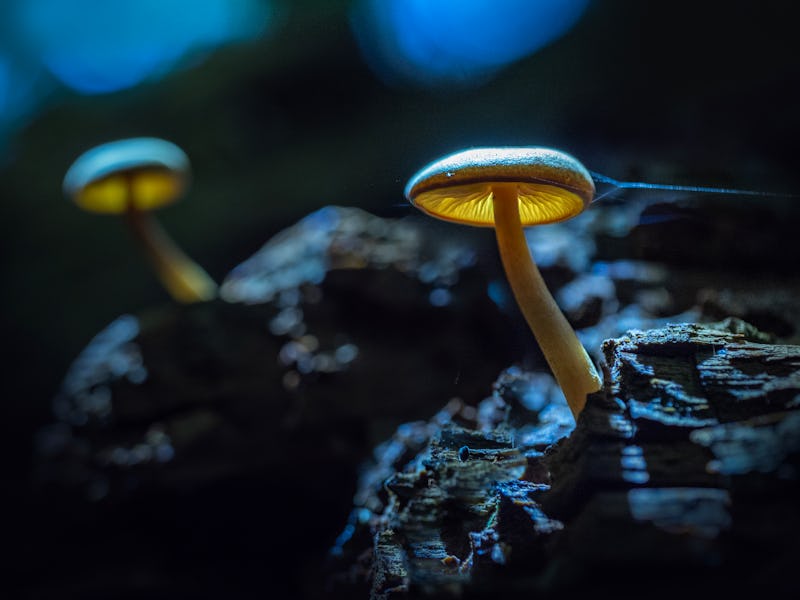Scientists Discovered A Game-Changing Secret To How Fungi Reproduce
This new understanding may help quell the rise of fungal infections.

HBO’s adaption of The Last of Us, which aired last year, brought fungi’s pathogenic nature to center stage. The silver screen reputation isn’t without due cause: Fungal infections from invasive organisms acquiring drug resistance, like Candida auris (a type of yeast), are on the rise in parts of the U.S. and are expected to increase with the warming climate.
New insight into how some fungi mold their shape as they grow and seek nutrients in their environments may be the ammunition we need to quell their moldy onslaught.
In a study published Monday in the journal Cell Reports, researchers led by New York University found that for soil fungi, which primarily reside in the ground, there’s a fundamental mechanism dictating what shapes their hyphae (or “roots”) can take over the course of their evolution. Hyphae growth tends to follow what the researchers call a fitness landscape where shapes that grow faster and reach nutrients quicker are favored — a delicate balance between physical necessity and evolutionary randomness. Any shapes that approach the tipping point are wiped out before they ever make the soil fungi family tree.
“A major challenge in biology is to identify the specific evolutionary factors that determine the shape—or form—of a given organism,” Enrique Rojas, the study’s senior author and an assistant professor of biology at New York University, said in a press release.
Soil fungi have a root-like network of filaments known as hyphae that project into the soil. Depending on the fungus, some of these hyphae have rounded tips, and others have more tapered ones. But they all grow similarly: Cells in the tips of these hyphae, called tip-growing cells, expand outward much like blowing up a balloon, what’s called inflationary tip growth.
Why soil fungi favor certain shapes has been unclear. For their study, Rojas and his colleagues collected inflationary tip growth data from a variety of organisms, including fungi, protists, plants, and bacteria, which all contain tip-growing cells. They then ran some computer models to determine all possible shapes a hyphae could take. The researchers found that nature really only uses a small slice of the pie, likely because not all shapes conferred a survival advantage.
“Our eureka moment was when we realized that the shapes of hyphae were intimately connected to their ability to grow fast,” Maxim Ohairwe, the study’s first author and a graduate student in NYU’s Department of Biology, said in the press release.
Additionally, the researchers found that when a hypha is navigating the balance of optimizing its shape for the sake of survival, there’s a tipping point that constrains the evolution of shapes that may compromise the fungus. When hyphae near the tipping point were exposed to chemicals that affected their growth, these filaments grew slowly and took on a strange nub shape not typically seen in nature.
While these findings are still preliminary, they could hold the key to combating pathogenic fungi, helping us identify potential antifungals that can take advantage of that tipping point. This would be especially crucial considering fungal infections, ranging from minor skin to life-threatening illnesses, affect more than one billion people and kill an estimated 1.6 million worldwide. In the U.S., soil fungi are becoming a nationwide health concern; the yearly economic burden of fungal infections exceeds $7.2 billion, according to the U.S. Centers for Disease Control and Prevention.
These findings could also allow us to boost the microorganism’s innate power to reverse climate change. A 2023 study published in the journal Current Biology found that fungi consume more than a third of the world’s annual fuel emissions.
It’s safe to say that by unearthing the secrets of the humble fungus, we can make it an ally rather than the nightmare of dystopian science fiction.